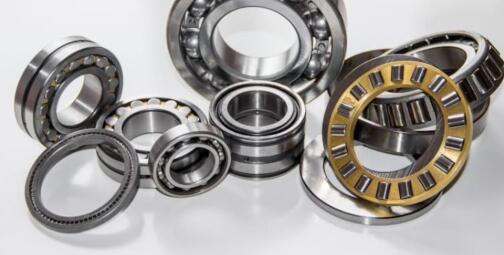With a progressive system, the metering valves work in series with each other. Some systems include indicator pins (CIP) at the main valve assembly to provide visual confirmation of the system every time. If the pipeline/bearing does not absorb grease, the entire system is shut down and the CIP tells the operator that there is a problem, so measures can be taken before damage occurs. In a parallel system, the metering valves operate on top of each other and monitor the main line pressure, so if each individual feed line is operating, there is no indication (related to pressure). For some manufacturers' systems, if the feed line or bearing does not absorb grease, the visual indication is that the bearing point lacks grease. In a well-designed system, each injector has an indicator pin. When grease is distributed, they will enter and exit to visually confirm that the feed line is running.
Some systems commonly used in road vehicles have lower operating pressures, multi-point lubrication pumps have small diameter hoses/pipes and can handle grease from 000 to 0 (honey consistency). If the temperature is lower than -10°C, #0 grease will become pumped, causing damage and environmental problems. Systems with higher working pressure will obtain grease 000 through EP2, and can use No. 2 chassis grease rated at -25°C. Some manufacturers require you to purchase grease directly from them for the system. Others have no restrictions on grease brands, which allows you to use standard workshop greases, greatly reducing inventory and costs. Automatic lubrication system is a tool for direct and indirect costs caused by insufficient lubrication, but you need to understand how it works, the different types of systems available and which type is suitable for your company's operating methods.






